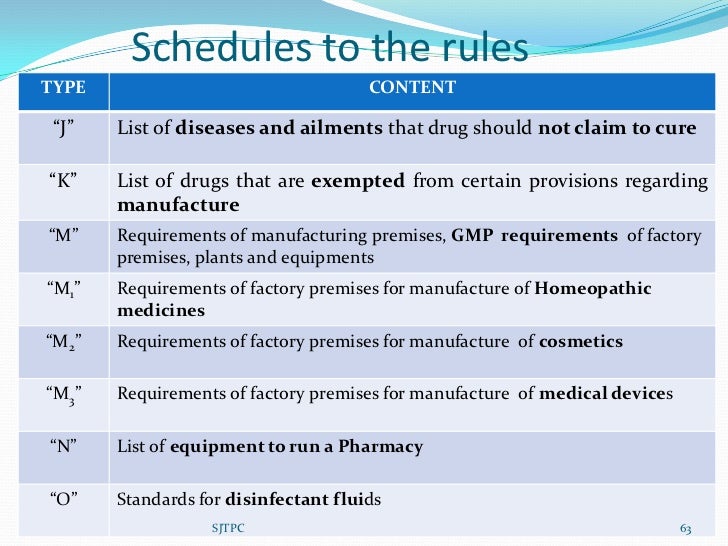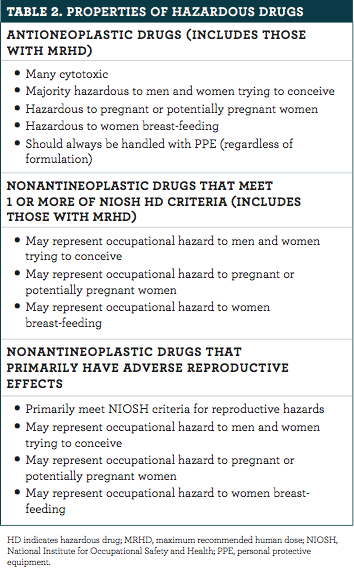List Of Schedule 1 Drugs
The 2001 Regulations determine in what circumstances it is lawful to possess, supply, produce, export and import controlled drugs. The authorised scope of activity will depend on the schedule to which the controlled drug is assigned. There are five schedules. Schedule 1 contains those drugs that are considered to have little or no therapeutic value and are subjected to the most restrictive control. Schedule 5 contains drugs that are considered to have therapeutic value and are commonly available as over the counter medicines.
Schedule 1
Schedule I drugs are those that have the following characteristic according to the United States Drug Enforcement Agency (DEA). The drug or other substance has a high potential for abuse. (1) A material, compound, mixture or preparation unless specifically excepted or unless listed in another schedule which contains any quantity of the following substances: (i) A substance which contains any quantity of a derivative of barbituric acid, or a salt of a derivative of barbituric acid. The complete list of Schedule I drugs follows. The Administrative Controlled Substances Code Number for each drug is included.
Drugs belonging to this schedule are thought to have no therapeutic value and therefore cannot be lawfully possessed or prescribed. These include LSD, MDMA (ecstasy) and cannabis. Schedule 1 drugs may be used for the purposes of research but a Home Office licence is required.
Schedule 2 & 3

The drugs in these schedules can be prescribed and therefore legally possessed and supplied by pharmacists and doctors. They can also be possessed lawfully by anyone who has a prescription. It is an offence contrary to the 1971 Act to possess any drug belonging to Schedule 2 or 3 without prescription or lawful authority. Examples of schedule 2 drugs are methadone and diamorphine (heroin). Schedule 3 drugs include subutex and most of the barbiturate family.
The difference between Schedule 2 and Schedule 3 drugs is limited to the application of the 2001 Regulations concerning record keeping and storage requirements in respect of schedule 2 drugs.
Schedule 4 (i) & (ii)
Schedule 4 was divided into two parts by the 2001 Regulations [as amended by the Misuse of Drugs (Amendment No. 2) Regulations 2012]
Schedule 4(i) controls most of the benzodiazepines. Schedule 4(i) drugs can only be lawfully possessed under prescription. Otherwise, possession is an offence under the 1971 Act.
Schedule 4(ii) drugs can be possessed as long as they are clearly for personal use. Drugs in this schedule can also be imported or exported for personal use where a person himself carries out that importation or exportation. The most common example of a schedule 4(ii) drug is steroids.
Schedule 5
Schedule 5 drugs are sold over the counter and can be legally possessed without a prescription.
Call or chat Anytime. We’re Here for You.
Treatment Support available 24/7
Within the criminal justice system, law enforcement officials classify certain illegal drugs as narcotic substances. While legal narcotics drugs do exist in prescription form, the Schedule 1 narcotics list only includes illegal drugs. Haqeeqat news live.
The Schedule 1 narcotics list exists as one of five different classifications of drugs. From these lists, judicial systems can assign criminal charges based on the type of drug involved and the intent of the person being charged.
The Controlled Substances Act
Established under the Comprehensive Drug Abuse Prevention and Control Act of 1970, the Controlled Substances Act sets the guidelines for determining the legal medical uses for different classes of drugs. From these guidelines came five distinct drug classifications or schedules that make up the narcotics lists:
Schedule 1 drugs are illegal, and you will be arrested if caught in possession.
- Schedule 1 – narcotic drugs with no known acceptable medical use that carry a high abuse potential
- Schedule 2 – narcotic drugs that have medical uses but carry a high abuse potential
- Schedule 3 – narcotic and non-narcotic drug combinations, such as codeine and aspirin which have a moderate abuse potential
- Schedule 4 – narcotic and non-narcotic drug combinations, which have a low abuse potential
- Schedule 5 – narcotic and non-narcotic drug combinations, which have a limited abuse potential
Call or chat Anytime. We’re Here for You.
(800) 407-7195Of all the five classifications, the Schedule 1 narcotics list carries the highest risk for physical and psychological dependence as well as addiction.
Types of Narcotics
Excluding prescription drug narcotics, the Schedule 1 narcotics list includes the following types of drugs:
- Stimulants
- Cannabinoids
- Hallucinogens
Stimulant drugs, such as cocaine, ecstasy and methamphetamine speed up the body’s central nervous system. For recreational purposes, these drugs are known for creating states of euphoria and an overall “speed” effect.
Call or chat Anytime. We’re Here for You.
Treatment Support available 24/7
Cannabinoid drugs on the Schedule 1 narcotics list include hashish, TCH or tetrahydrocannabinol and marijuana. These drugs create a more relaxed effect or “high,” but carry the highest risk for side effects and produce severe withdrawal symptoms.
Hallucinogen drugs, such as PCP, magic mushrooms and LSD are known for their ability to alter human perception and mood. Side effects from these drugs are equally mind-altering, some of which include delusions, hallucinations and flashbacks.

Schedule 1 Conditions
List Of Scheduled 1 Drugs
Data collected by the Bureau of Justice Statistics show 3.9 percent of homicides in 2007 were narcotics-related. In addition to their high potential for dependence and addiction, Schedule 1 narcotics also tend to incite reckless behaviors in those who use them. Part of the reason why drugs on the Schedule 1 narcotics list have no medical use is because of their potential to incite out-of-control behaviors.
Laws involving Schedule 1 narcotics list specifically prohibit the possession, manufacture, distribution and dispensing of these drugs under any circumstances. Penalties for violating these laws vary based on the types of charges filed against a person. Accordingly, possession of a drug on the Schedule 1 narcotics list carries lesser penalties than charges involving manufacturing and distribution. While the more serious offenses typically carry felony charges, misdemeanor charges apply in cases where a person is in possession of a narcotic without to intent to distribute.
If you use schedule 1 drugs and need help quitting, call (800) 407-7195 today to find a treatment program near you!
the Take-Away
Schedule 1 narcotics list is referring to a highly potent substance and never used for medical purposes. These drugs come with a high risk of addiction.